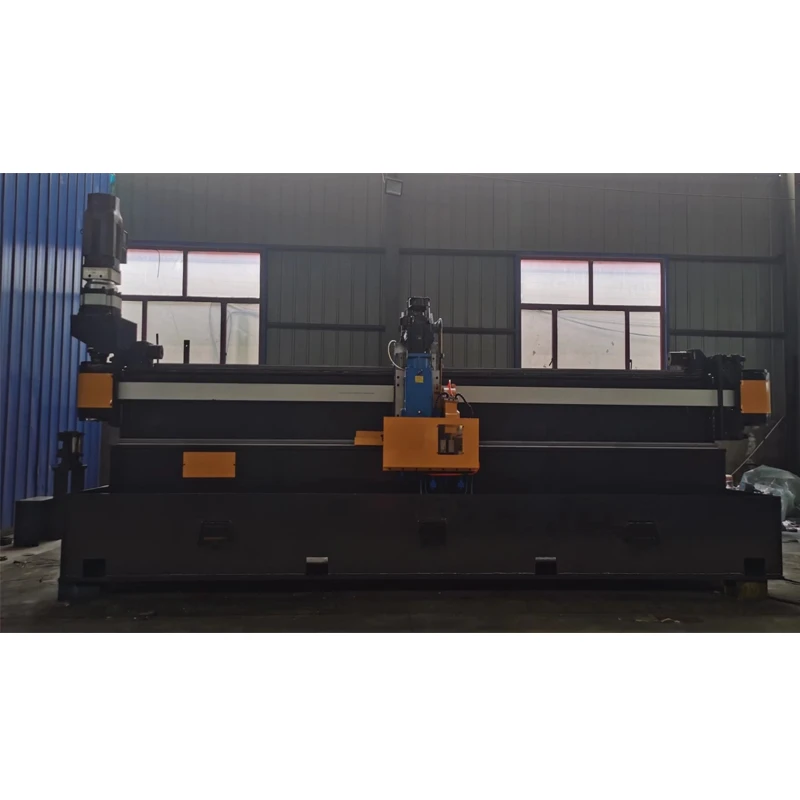cement pipe making machine
Understanding the Cement Pipe Making Machine An Essential Tool in Infrastructure Development
Cement pipes, known for their durability, strength, and cost-effectiveness, are vital components in modern infrastructure. They are widely used in drainage systems, sewage systems, and various construction projects. As urbanization continues to grow, the demand for cement pipes has surged, leading to innovations in the manufacturing process. One of the key innovations in this field is the cement pipe making machine, which has revolutionized how these essential components are produced.
The Cement Pipe Making Process
The production of cement pipes involves a systematic and efficient process that can be streamlined by modern machinery. The cement pipe making machine is specifically designed to produce pipes of varying sizes and diameters using a mixture of cement, aggregates, and sometimes additives for enhanced properties. The process begins with the preparation of the raw materials. The cement and aggregates are carefully measured and mixed to achieve a consistent mixture that will form the basis of the pipes.
Once the mixture is ready, it is fed into the cement pipe making machine. Modern machines are equipped with advanced technology that automates several steps in the production process. This includes mixing, molding, curing, and finishing the pipes. The machines can produce pipes with precision, ensuring uniformity in diameter and wall thickness, which is crucial for the pipes to withstand internal and external pressure over time.
Types of Cement Pipe Making Machines
There are various types of cement pipe making machines, catering to different production needs and scales. Some of the most common types include
1. Centrifugal Casting Machines These machines use centrifugal force to form pipes. The mixture is poured into a rotating mold, which compacts the material and ensures a dense, high-strength pipe.
2. Vibrating Pipe Making Machines In this method, the mixture is poured into molds that vibrate, helping to eliminate air bubbles and ensuring even distribution of materials. This results in a high-quality finish and enhanced structural integrity.
3. Extrusion Machines Extrusion is another popular method where the raw materials are forced through a die to create continuous pipes. This method is particularly efficient for producing long lengths of pipe.
cement pipe making machine

Each of these machines has its unique advantages, and the choice largely depends on the production requirements and the desired characteristics of the finished product.
Advantages of Cement Pipe Making Machines
The introduction of cement pipe making machines has brought several advantages to the manufacturing process
- Increased Efficiency Automation in the production process significantly reduces labor costs and production times, allowing companies to meet increasing demands without compromising quality.
- Consistency and Quality Control These machines ensure uniformity in the size and quality of pipes, which is essential for their performance in construction and drainage applications.
- Reduction of Waste Modern machines are designed to minimize material waste, making the production process more sustainable and cost-effective.
- Customization Many cement pipe making machines offer the flexibility to produce pipes in various sizes and specifications, catering to diverse engineering requirements.
Conclusion
Cement pipe making machines represent a crucial innovation in the manufacturing of one of the most essential construction materials. As cities grow and the need for efficient infrastructure rises, these machines will continue to play a pivotal role in meeting the demands of the industry. With their ability to enhance productivity, improve quality, and reduce environmental impact, cement pipe making machines are indeed a cornerstone of modern construction and infrastructure development. As technology advances further, we can expect even more innovations that will optimize the pipe-making process, reinforcing the ongoing evolution of the construction industry.
-
High Frequency Straight Seam Welded Pipe Production Line-BzZhou Xinghua Machinery Equipment Manufacturing Co., LTD.|line pipe steel&welded gas pipeNewsJul.30,2025
-
High Frequency Straight Seam Welded Pipe Production Line-BzZhou Xinghua Machinery Equipment Manufacturing Co., LTD.|High Precision&Automated SolutionsNewsJul.30,2025
-
High Frequency Straight Seam Welded Pipe Production Line - BzZhou Xinghua Machinery Equipment Manufacturing Co., Ltd.NewsJul.30,2025
-
High Frequency Straight Seam Welded Pipe Production Line-BzZhou Xinghua Machinery Equipment Manufacturing Co., LTD.|Precision Welding, High EfficiencyNewsJul.30,2025
-
High Frequency Straight Seam Welded Pipe Production Line|BzZhou Xinghua|Precision Welding&EfficiencyNewsJul.30,2025
-
High Frequency Straight Seam Welded Pipe Production Line - BzZhou Xinghua|Precision Engineering&EfficiencyNewsJul.30,2025


